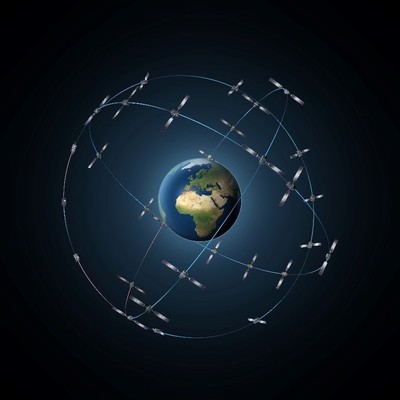
As services from space are becoming an asset for life on the Earth and the demand for data from space increases, the international interest in satellite constellation is increasingly growing. This research is in the field of continuous global coverage and if focuses on the challenges of the upcoming large constellations such as inner-constellation collision avoidance. An integrated study from modelling to optimisation is performed, and include all demanding phases, such as orbit raising and de-orbiting, within the operation of large constellations.
No general rules exist for constellation design. Instead, it is a process of trade-off between various performances and system costs which are strongly affected by constellation geometries. A model of satellite constellations, including the dynamics model and coverage model, were built up so that the dynamical configuration of satellite constellations and footprints could be simulated. A comparative study was conducted on constellation geometries in terms of various constellation properties such as coverage, launchability, robustness, station keeping, collision avoidance, build-up and end-of-life disposal. In the recent past, several companies disclosed their plan of large constellations to provide global internet services but the collision problem consequently arises. A study aimed to the optimisation of the orbital raising and de-orbit phases with low-thrust propulsion of spacecraft in a constellation is undergoing.
Research outcomes
- Introduction and summary of drivers for constellation geometry definition
- Constellation properties parameterization and assessment
- Trajectory design of orbit raising and de-orbiting mission for large constellations
Scientific production
- S. Huang, C. Colombo, F. Bernelli-Zazzera, “Comparative assessment of different constellation geometries for space-based application,” 68th International Astronautical Congress, Adelaide, Australia, 25-29 September 2017.
- S. Huang, C. Colombo, F. Bernelli-Zazzera, “Orbit raising and de-orbit for coplanar satellite constellations with low-thrust propulsion,” Advances in the Astronautical Sciences, Vol. 165, 2018. Proceedings of the 4th IAA Conference on Dynamics and Control of Space Systems (DYCOSS), Changsha, China, 21-23 May 2018. Paper IAA-AAS-DyCoSS4-1-15.
- Camilla Colombo
- Franco Bernelli
